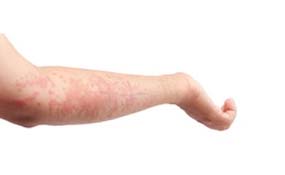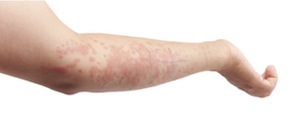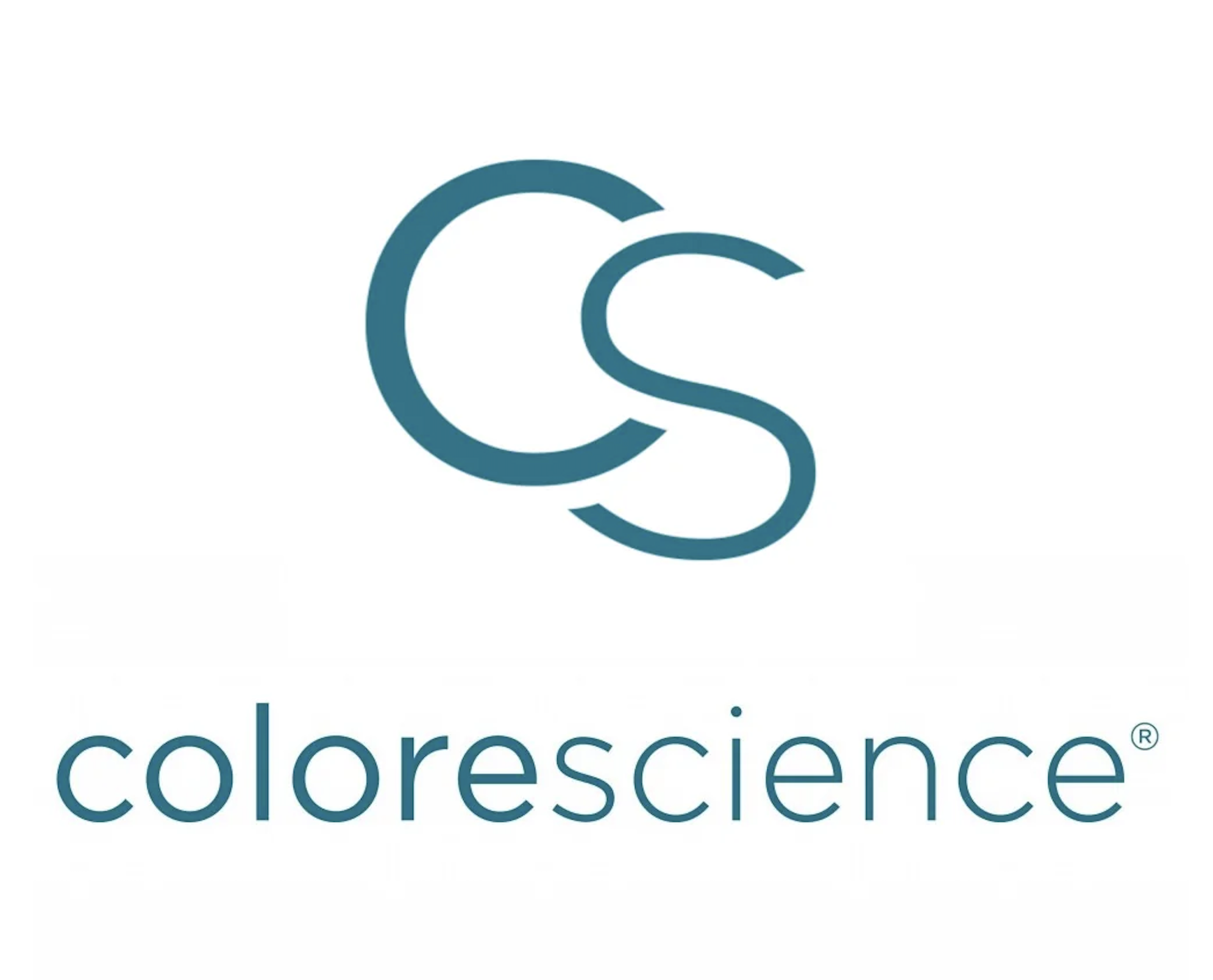Rash treatments
Rash Treatments
Relieve pesky rash symptoms today
Skin rashes can occur from a variety of factors including infections, heat, allergens, immune system disorders and medications. The most common rashes include eczema, psoriasis, poison ivy and heat rash. Infections that cause rashes are either fungal, bacterial or viral.
Skin rashes may cause discomfort or pain, as well as embarrassment about your skin’s appearance. Some skin rashes (heat rash and swimmer’s itch) clear up on their own while others (rosacea and shingles) require medical treatment. Rashes lasting more than a few days that are unexplained should be evaluated by a doctor.
Benefits to seeing your provider if you have a rash
1
the itch
2
feel better
3
breakouts
Determine What Kind of Rash You Have
Rashes can be caused by many different things, so it’s important to figure out what kind you have before you treat it. If it is a bad rash, if it is persistent, or if you have other symptoms, you should see your healthcare provider. Treatments may include moisturizers, lotions, baths, cortisone creams that relieve swelling, and antihistamines, which relieve itching.
Seek Rash Treatment if;
- The rash is causing direct pain and/or fever
- The rash is infected (it is seeping yellow or green fluid or looks crusty)
- The rash isn’t improving after 1-2 weeks
Typical Appointment Type and Length
Your provider will inspect the rash and ask you lots of questions to discover what may have triggered it. Tests may include: allergy testing, blood tests, a skin biopsy or skin scrapings. Typical appointment length varies depending on the rash, but they typically last 20-30 minutes.
When will I get relief from my rash?
Results will vary greatly depending on what type of rash you have. Rashes generally clear up in 2 to 4 weeks, but can go longer if untreated.
Where are you most likely to get a rash?
Rashes can show up virtually anywhere on the skin. The affected area varies greatly depending on which type of rash you have. Some rashes are more common on the chest or stomach, others in the crease of your elbows and knees, while some exhibit on the hands or nails, scalp, etc.

What are some home remedies I can try?
- Avoid scrubbing your skin.
- Avoid applying cosmetic products directly to the rash.
- Use warm water (not hot) when cleansing.
- Pat dry, don’t rub the affected area.
- Leave the area exposed to air as much as possible.
- For poison ivy, oak, or sumac try calamine lotion.
- Over the counter hydrocortisone cream (1%) may help soothe the rash and stop itching.
- If you have eczema, apply a fragrance free, hypoallergenic moisturizer to the rash.
What questions will my provider ask me?
Here are some typical questions:
- When did the rash begin?
- What parts of your body are affected?
- Does anything make the rash better? Worse?
- Have you used any new soaps, detergents, lotions, or cosmetics recently?
- Have you been in any wooded areas recently?
- Have you noticed a tick or insect bite?
- Have you had any change in your medicines?
- Have you eaten anything unusual?
- Do you have any other symptoms, like itching or scaling?
- What medical problems do you have, such as asthma or allergies?
- Have you traveled recently?
- Have you had an increase in stress recently?
Follow-up care
After your provider diagnoses the type of rash you have, be sure to follow up with oral and/ or topical medication for the duration of the prescription(s). Absolutely contact your provider if the rash gets worse.
What factors typically cause rashes?
Infections, heat, allergens, immune system disorders, and medications are the most common causes of rashes.
Where could I learn more?
To learn more, visit MedlinePlus.
It is highly recommended to talk with your provider in order to diagnose which kind of rash you have. Speak with someone at Stellis Health today.
Rash Treatments
Skin rashes can occur from a variety of factors including infections, heat, allergens, immune system disorders and medications. The most common rashes include eczema, psoriasis, poison ivy and heat rash. Infections that cause rashes are either fungal, bacterial or viral.
Skin rashes may cause discomfort or pain, as well as embarrassment about your skin’s appearance. Some skin rashes (heat rash and swimmer’s itch) clear up on their own while others (rosacea and shingles) require medical treatment. Rashes lasting more than a few days that are unexplained should be evaluated by a doctor.
To learn more, visit MedlinePlus.



